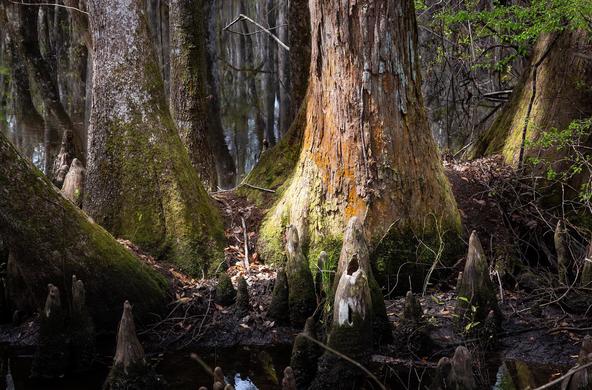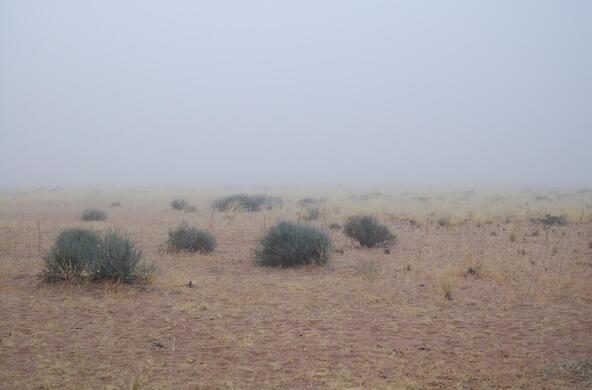
Forest preservation is essential to combating climate change. Growing trees absorb carbon dioxide, storing it in their wood. Forest destruction is responsible for about 20% of human-caused carbon dioxide emissions into the Earth’s atmosphere.
Young trees grow faster than old trees. So why not cut old trees and plant young trees to maximize carbon absorption? Reality is complicated. Benefits depend on what happens to the old, cut trees, the species and density of the new, young trees, and what other environmental attributes are important to us.
When a large, old tree is cut, unless its wood is used in long-lived products, such as housing or furniture, nearly all of its carbon is returned to the atmosphere within a few years. When trees are burned or allowed to decay, the rate of carbon release is often much faster than uptake by young replacement trees.
If young trees are planted in a dense array, one might expect their collective carbon uptake to exceed that of a single, large, old tree. However, when the canopies of young trees eventually overlap, weaker trees die. The biomass of the surviving trees will be similar regardless of initial density.
Of course, trees do more than store carbon. They take up water from the soil and evaporate it off their leaves, cooling the environment. Their roots prevent soil erosion by slowing the movement of surface water. And they remove pollutants like ozone and nitric oxide from the atmosphere, allowing us all to breathe easier.
Planning decisions need to assess the various services that trees provide. One thing is for certain – they do much more than give us wood and paper pulp.
**********
–This segment was adapted from an essay by Dr. William H. Schlesinger. You can read the original piece on his blog Citizen Scientist here.






